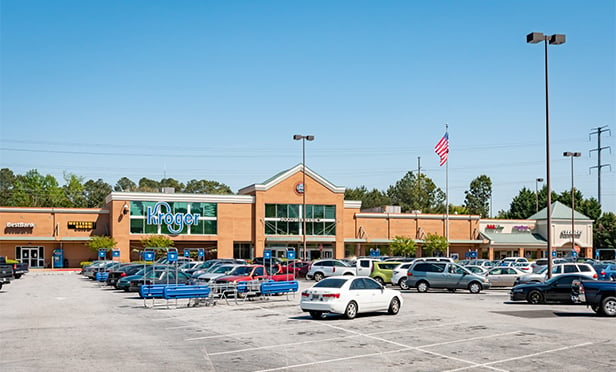NEW YORK CITY—It's not a coincidence that in recent reports, both Fitch Ratings and Trepp have used the word “wall” to characterize the CMBS maturities due to occur in 2015, 2016 and 2017. “Over the next three years, more than $300 billion in conduit CMBS loan balance will mature,” according to a Trepp report that cites a preponderance of 10-year balloon loans issued between 2005 and 2007. “That's more than 2.5 times the amount that matured from 2012 to 2014.”
In fact, Trepp notes, nearly 60% of the loans in the CMBS conduit universe will mature over the next three years. “Commercial real estate lenders, borrowers and CMBS investors alike are looking at the next three years as a true test of the strength of recovering capital markets.”
What will happen during that period is by no means certain. “Given that the majority of loans remaining in the 2005−2007 transactions are still performing—and have coupons that, on average, are higher than the current interest rate—should mean that their ability to refinance will be relatively smooth,” Fitch says in a new report on the outlook for structured finance, including CMBS. “However, a more rapid increase in interest rates than that expected could prove problematic.”
If CMBS bondholders had their druthers, such an increase wouldn't happen. “Lower-for-longer interest rates, continued property value appreciation and fundamental performance growth would make the wall much easier to scale,” Trepp says in a recent report, titled “The Wall of Maturities: Something's Gotta Give.”
Also, Fitch cites the prospect of “adverse selection,” given that a number of the loans that were originally scheduled to mature between '15 and '17 have already refinanced. “While the soon-to-mature loans may be able to cover current debt service, there may not be sufficient borrower equity in the property for the loans to refinance at current debt levels,” according to the ratings agency. “Thus the financial strength of the borrower, their ability to attract more capital and their willingness to work with the special servicer if the loan defaults at maturity, as well as the prevailing interest rate, will all play a part” in what it's to be hoped will be a smooth transition.
With 2014 issuance set to top off just below $100 billion and 2015 forecasts calling for a marginal increase, “the CMBS origination engine will have to pick up the pace to digest the wall of maturities, especially in the heavy 2016 and 2017 years,” according to Trepp. The report cites headwinds that include “the threat of rising rates, the end of quantitative easing and the implementation of new risk retention regulations” scheduled to take effect in January of '17.
Trepp also cites some differences between newly securitized loans and the wave of legacy loans coming due. For example, cap rates on average have been lower on new-issue CMBS than what's coming due, while debt service coverage ratios on new loans are significantly higher than those coming due. The loan-to-value ratios on the loans coming due in the next three years are also “higher than what the average lender is doing this year,” especially on '16- and '17-vintage deals.” Further, Trepp says, “Debt yields on maturing loans are generally lower than what lenders are requiring on new loans so far this year.”
Currently, multifamily and industrial CMBS from the '05 to '07 peak have the highest rate of maturing delinquent or specially serviced loans at 12.4% and 12.0%, respectively, Trepp says. Multifamily delinquency in 2016 maturities comes mainly from the $3-billion securitization on the Peter Cooper Village/Stuyvesant Town complex in Manhattan, “which actually suffers more from risk of extension and litigation than of low valuation.” Meanwhile, in the industrial realm, the $208.5-million Schron Industrial Portfolio and $292.5-million Bush Terminal loans contribute to the high rates in 2015 and 2017, respectively.
© Touchpoint Markets, All Rights Reserved. Request academic re-use from www.copyright.com. All other uses, submit a request to [email protected]. For more inforrmation visit Asset & Logo Licensing.







